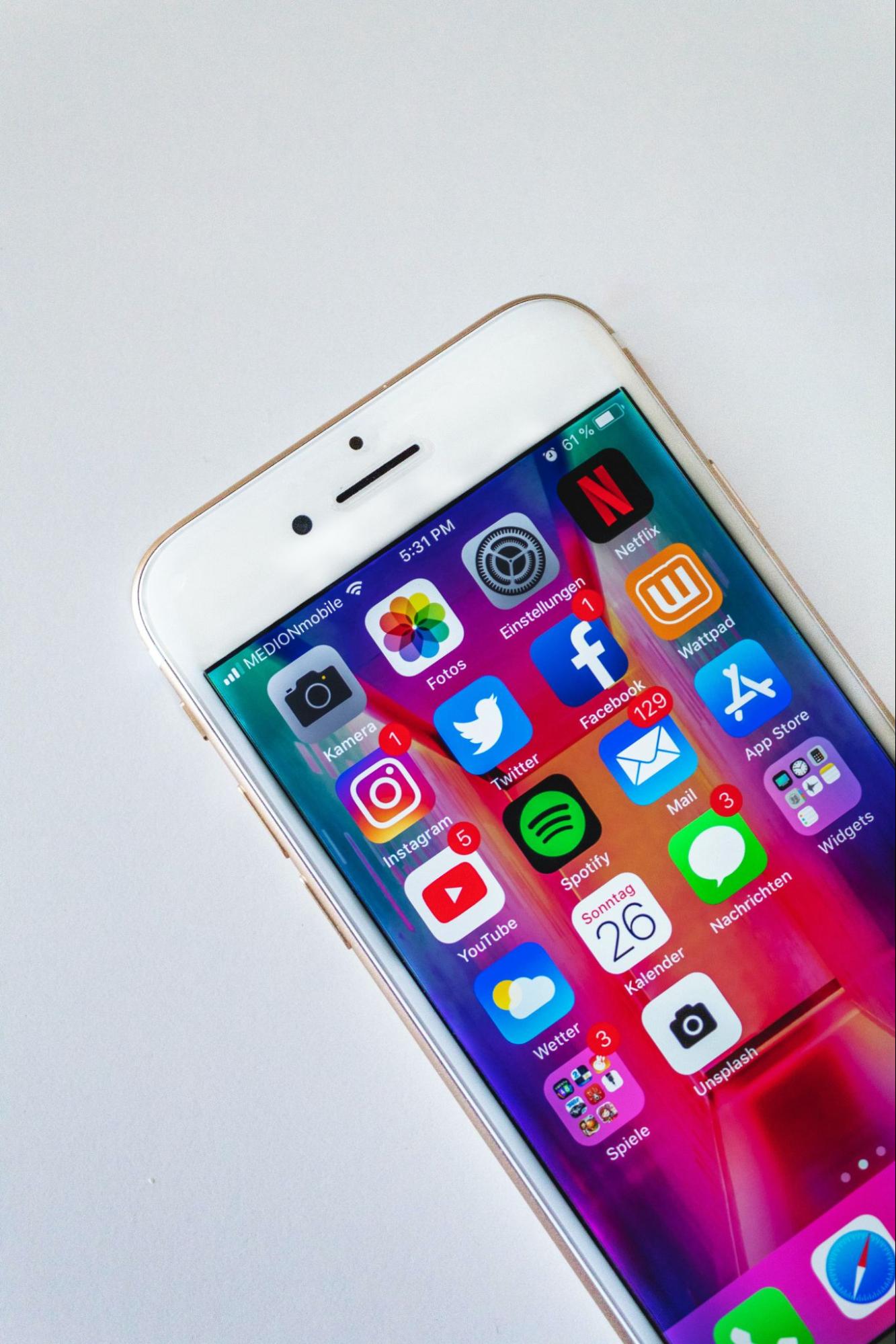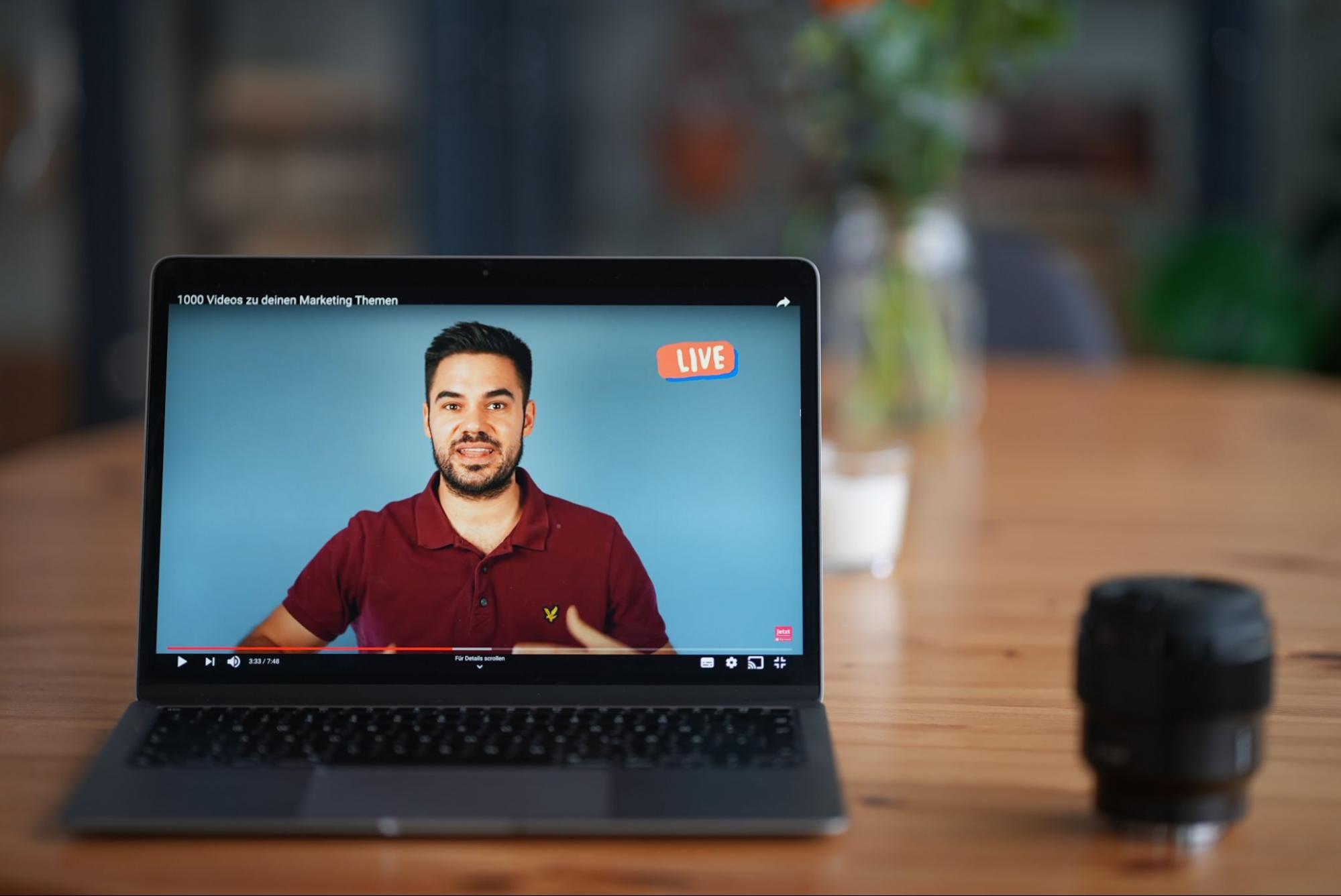Maybe you’re a baker who wants to show the world how to bake bread. Perhaps you’re an influencer who tests and recommends different products like bluetooth headset.. Whatever your reason for live streaming, the more you do it, the better you will get. And when you get better at live streaming, it stands to reason that you’ll want to know what your audience thinks of your videos.
It’s highly recommended to gather metrics from both during and after your broadcasts. This will give you an idea of what people think, how to improve, and hopefully garner some key insights that will help you optimize your content just like what b2b seo agency does.
Here are six of the most important metrics you want to be tracking to drive audience engagement.
1. Social Sharing
Social sharing is a metric that traces how many people are sharing your live stream video via other websites. A share counts as any time a stream is linked to your website that is different from the one that hosts it.
Your stream can be shared by viewers across the world using any social media platform, including LinkedIn, Facebook, Instagram, and Twitter.

Furthermore, social sharing keeps track of the amount of traffic that comes from other websites. It not only tells you which sites are sharing your stream but also how many viewers are being referred to your stream from those sites. If your stream is posted on other platforms, users on those platforms will be able to watch your stream.
Social sharing data informs streamers about the success of their material on other channels. As a result, they can apply this statistic to future streams. You may tailor your streams for particular platforms and people once you know where the majority of your streams are being shared and who is being attracted to them.
For example, if you find most of your traffic is from Instagram, to increase the number of viewers you have, perhaps it would be worthwhile to begin streaming directly on Instagram rather than your original platform. However, even if you have a favorite platform on which you host your videos and have no interest in changing to social platforms, it’d be wise to at least consider promoting your videos on Instagram to increase your followers.
Having more information on the most commonly used platform that streams your live video will give you insights into the people viewing it. Instagram is most commonly used by younger viewers whilst Facebook is generally used by older people. This allows you to tailor your content for your demographic.
2. Current Viewers and Viewer Retention
The “current viewers” metric counts how many non-unique people are viewing your live stream at any given time. For example, one individual watching the stream on two devices counts as two viewers.
The percentage of viewers who watch and leave your video every second is known as audience retention. Live streams having a high level of viewer retention are obviously better than those that have low retention. This measure is significant for anyone who uploads video content to a platform, and it’s also a fantastic approach to determine whether your material is engaging – regardless of the platform.

3. Viewer Engagement
You know your content is good if your audience engages with it. It’s also possible that your viewers will return and watch another one of your videos. The great thing is that every social media outlet has a social feed that accompanies the broadcast, so you can instantly see who comments, chats, or shares your video with their contracts.
One easy action you can take is to ask whoever features in your broadcast to be available online and get them to interact with your viewers. Get them to ask a direct question that your viewers can respond to – you could even use a Twitter hashtag. Your star can answer viewers’ questions directly on whatever social media outlet you’ve chosen. The quicker you directly answer your audience the better – think about it like ASA at a contact center.
But the key takeaway is to create an atmosphere. Make the viewers feel connected and part of your live stream just like when your company plans team water coolers.

You don’t need passive viewers but active participants in your content. To track engagement, you could use a free tool such as Google Analytics, which is a helpful way of collecting a wide variety of valuable data.
4. Device Viewership
Live streaming is everywhere just like vanity phone numbers. People watch videos on their phones, laptops, desktops, tablets, and smart TVs. And, nowadays, the streaming service you host your live stream on has a feature that will show you on which devices people are watching your video. The distribution is broken down as a percentage per device – 31% on mobile, 28% on laptop, and so on.
So how does this help you? What does it mean if, for one of your streams, a low percentage is using mobile while for someone else it is nearly 100%? This is relevant as knowing about the type of device people are using to consume your content will help you to design videos that give viewers the best experience possible.
In practical terms, if the majority of people are watching you via mobile, are not paying too much attention to the graphics. They’re most likely on the move doing several things at the same time and are mainly engaging with audio. So, investing in top-quality mics and acoustic proofing would be a good idea. Conversely, if you discover that the majority of people are watching you on Apple TV, then investing in the quality of your video feed would be a smart move.
This information helps you to understand your audience and, therefore, provide them with the best experience possible.

5. Watch Time
All metrics are helpful, but some metrics are more helpful than others. Metrics and affiliate tracking software can track trends and viewers – they find patterns. For example, knowing whether someone watched you on a phone or a laptop is useful. But it lacks one important thing – it doesn’t tell you whether they liked your video (or not).
What does it tell you when one person watches your whole stream, and someone else just watches ten seconds? One liked it, and the other one didn’t. While not that useful for two people, the data from 100 viewers is. Watch time is like an OCR application for text – it allows you to see with greater clarity and insight.

Watch time tracks how long each viewer was watching and then converts this into a percentage. The closer to 100% your figure is, the more concentrated your audience is. But it’s unlikely that your figure is going to be close to this number – especially for long-form videos. In today’s media landscape, people generally don’t view an entire piece of video content, regardless of whether it is a blog or a video.
People have busy lives, and attention span is not quite what it used to be. Therefore, achieving a watch time of about 30% (for a long video) should make you happy enough. The number might sound low, but if you stream for an hour, that means you’re catching people’s attention for a solid twenty minutes. That’s no small achievement.
But if your streams are shorter – say five minutes – you definitely want the number to be higher. Otherwise, it will mean you have captivated the audience for just over a minute. That’s one small achievement.
Use the watch time to be able to assess your content critically. The lower the engagement, the more questions you will have to ask yourself? Is it engaging? If not, what can you do to make it more interesting?
6. Geographic Metrics
Analysis can use IP addresses to find out the country and location where viewers are watching your content. This geographic data is incredibly useful in several ways:

- It can assist you in fine-tuning your monetization techniques, such as your price point. For example, if the bulk of your viewers are local, you may want to introduce a ticket price and hold the event locally instead of watching it online.
- It can help you to think about what advertising could be most relevant to the audience.
- It can aid in thinking about what languages you should consider expanding into.
- It can assist with marketing. Local businesses will be more likely to advertise on your live stream if they are in the same geographic area as your viewers.
- It can help you to think about whether or not you need to implement geo-restrictions for security purposes.
Conclusion
So, you’re streaming your passion to the world. And that’s great. But, ultimately, you want to know what people think about it.
Harnessing the power of online metrics to give you critical data about who is consuming your video, where, how, when, and for how long will help you understand more about your audience and allow you to make better future content. Knowledge is power.



